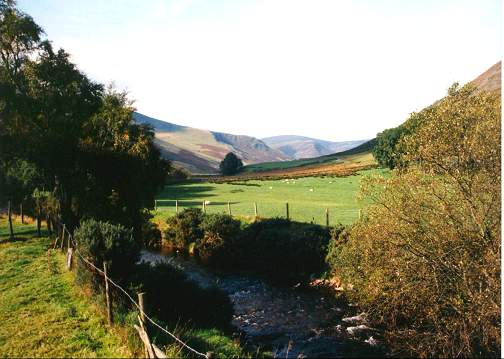
Mosedale is one of the many small settlements in this area which are from old norse origins. Mosedale means valley of the peat from the word mosi, the norse for peat moss. The Norsemen apparently arrived in this area around 900 A.D. and used peat as a fuel source. Almost all of the wide valley to the east of Mosedale consists of peat bogs which have colonised what was a large lake many thousands of years ago.

Legend suggests that two immortal fish live in the tarn on Bowscale fell. Wordsworth wrote about these fish which made the tarn such a popular attraction that a track to cater for victorian tourists in horse drawn coaches was constructed. The track begins behind Bowscale Farm and leads up the left side of the Mosedale valley
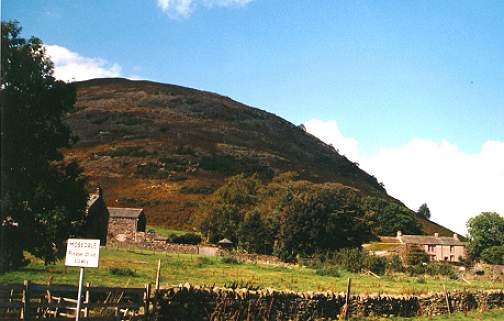
.

.
Many of the farms in this area date from the 17th century and some have datestones over their doorways which show their exact time of construction.
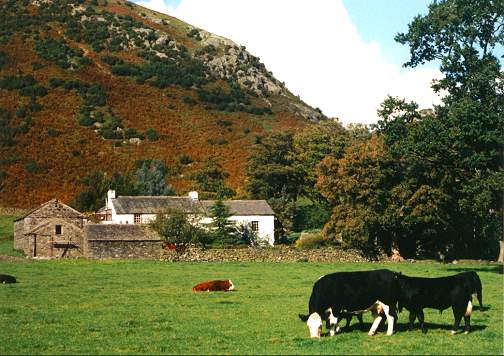
.
.
.
Blencathra, also sometimes called Saddleback due to it's similarity to a saddle when viewed from the east, is possibly one of the Lake District's most charismatic mountains. Indeed Wainwright devotes 35 pages to Blencathra in his Guide to the Northern Fells. A book which is an essential purchase for every visitor to this area. For those who enjoy fell walking, Blencathra has something for everyone. There are three ridges leading to the sunmmit from Threlkeld village, there is the route from Scales leading on to Sharp Edge, which should get everyones adrenaline flowing, especially if there is a gusty wind and there are also easy routes from the west and east.
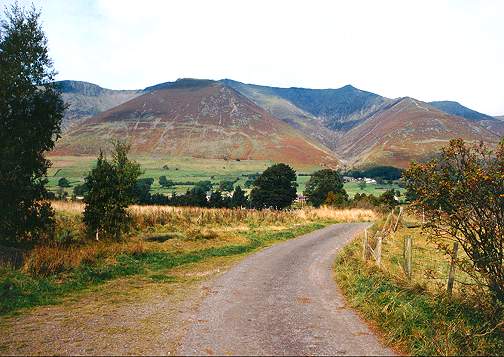
.
The following photo shows the western slopes of Blencathra with the crags of Lonscale fell to the left. Along the valley between these fells is an easy footpath with no major uphill sections. The valley is quite steep sided with good scenery. There is a small car park above the Blencathra Centre with easy access from here to the walk. The path eventually leads on to Skiddaw House, with a choice of paths from here leading to Mosedale or towards Bassenthwaite. You may possibly just want to walk so far and then return the same way.
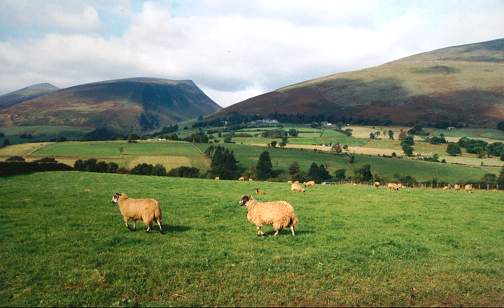
.
.
Castlerigg stone circle is situated only about a mile east of Keswick. The circle consists of 39 stones arranged in a circle of approximately 30metres diameter. The circle is believed to date from the late Neolithic or Bronze ages and could possibly be well over 3000 years old.

.